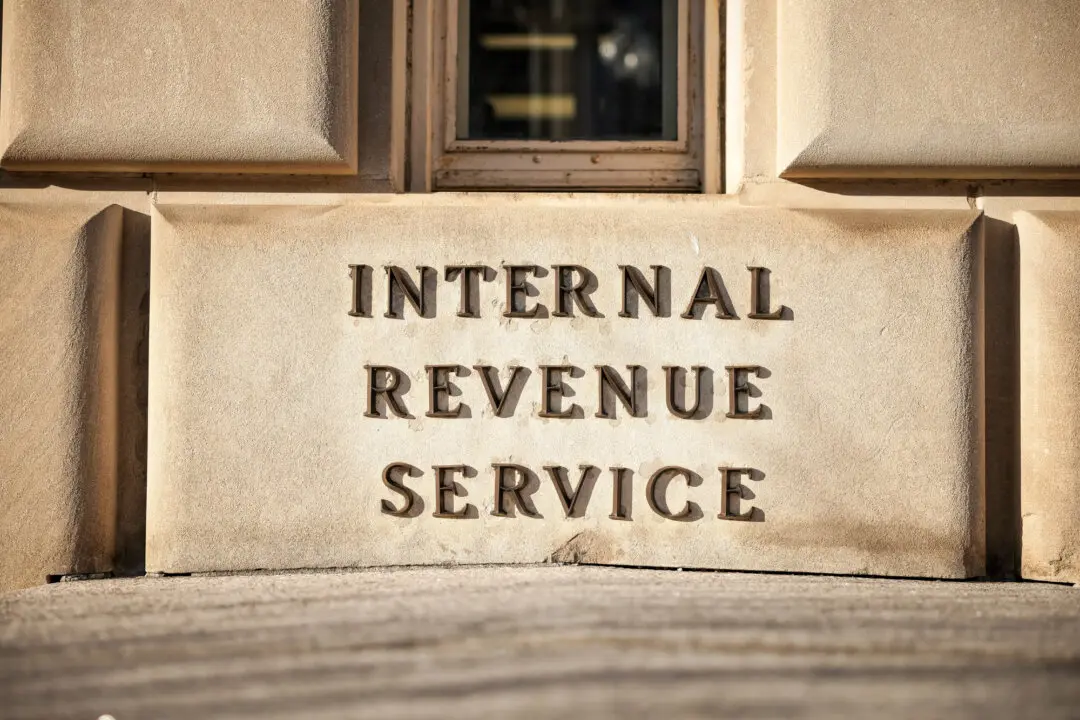A 25-state coalition led by West Virginia has filed an emergency petition asking the U.S. Supreme Court to overturn a lower court ruling that allowed a federal regulation on carbon emissions from coal-fired power plants to remain in force.
West Virginia Attorney General Patrick Morrisey said in a July 23 press release that the coalition had filed a petition asking the Supreme Court to immediately block implementation of the Environmental Protection Agency’s (EPA) recently-released rule that seeks to cut greenhouse gas emissions in existing coal-fired plants and any new natural gas plants.





